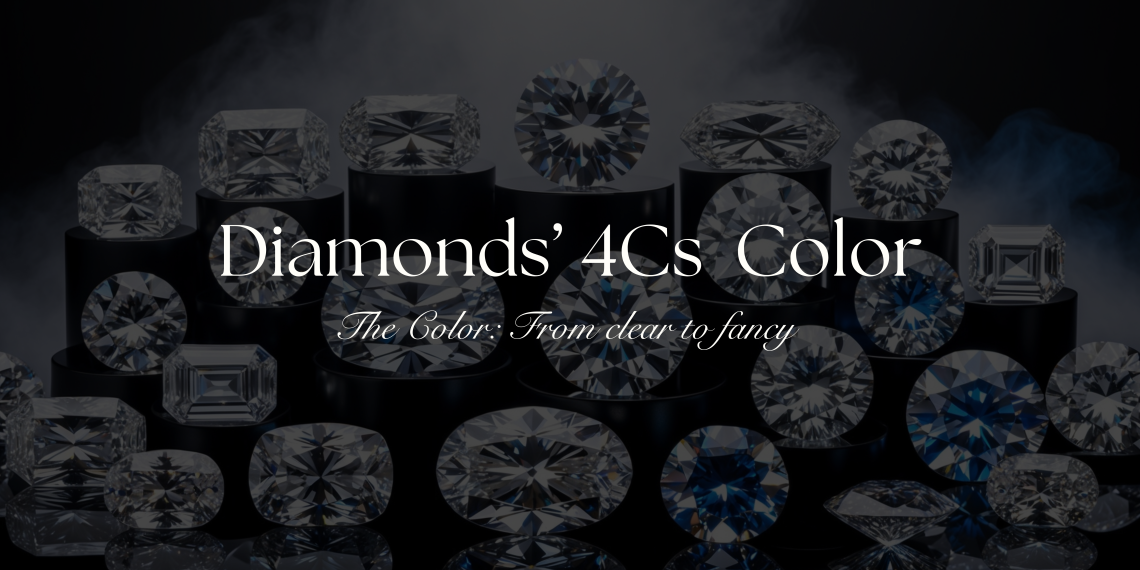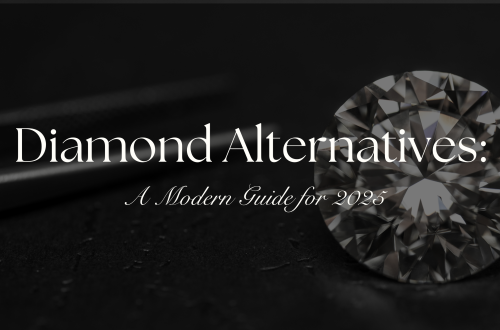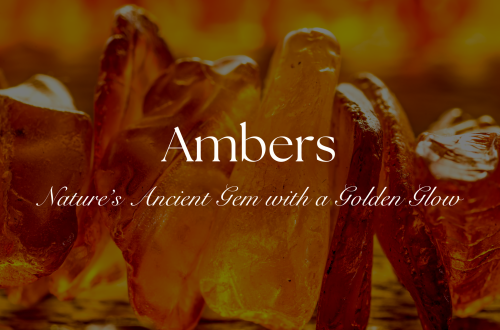The 4Cs of Diamonds: Understanding Color
When it comes to diamonds, the 4Cs—Cut, Clarity, Carat, and Color—are the standard by which these precious stones are evaluated. Among these, the Color of a diamond is a crucial aspect that significantly affects its value and appeal. In this blog post, we will delve into the intricacies of diamond color, its impact on value, and what you should consider when choosing a diamond based on its color.
Introduction to Diamond Color
The color of a diamond refers to the presence or absence of color in the stone. Unlike other gemstones that come in a variety of colors, diamonds are valued for their lack of color. The more colorless a diamond, the higher its grade and, generally, its value. The color grade of a diamond is determined by its lack of hue, which is assessed under controlled lighting conditions and compared against a master set of stones.
The GIA Color Scale
The Gemological Institute of America (GIA) developed the universally accepted diamond color grading scale, which ranges from D (colorless) to Z (light yellow or brown). Here is a brief overview of the GIA color scale:

- D-F: Colorless – Diamonds in this range are completely colorless and extremely rare. These stones are considered the highest quality and are typically the most valuable.
- G-J: Near Colorless – Diamonds in this range have a slight trace of color, but it is generally not noticeable to the untrained eye. These diamonds offer excellent value as they appear nearly colorless.
- K-M: Faint Color – Diamonds in this range show a faint yellow or brown tint. While the color is more noticeable, these diamonds can still be beautiful and offer a more affordable option.
- N-R: Very Light Color – These diamonds have a noticeable yellow or brown tint, but they can still be attractive, especially when set in jewelry that minimizes the appearance of color.
- S-Z: Light Color – Diamonds in this range have an obvious color tint, which is visible to the naked eye. These stones are less valuable but can be chosen for their unique look.
How Diamond Color Affects Value
The color of a diamond can significantly impact its value. Colorless diamonds (grades D-F) are the most sought after and command the highest prices due to their rarity and pure appearance. As the color grade moves down the scale towards Z, the price typically decreases. However, the cut, clarity, and carat weight of a diamond also play critical roles in its overall value.
Choosing the Right Diamond Color
When selecting a diamond, personal preference and budget are important factors to consider. Here are some tips to help you choose the right diamond color:
- Budget: If budget is a primary concern, opting for a diamond in the near-colorless range (G-J) can provide a great balance between quality and cost. These diamonds offer excellent value and appear nearly colorless to the naked eye.
- Setting: The setting of a diamond can affect how its color is perceived. For instance, yellow gold settings can make lower-color diamonds (K-M) appear whiter, while platinum or white gold settings can enhance the colorless appearance of higher-grade diamonds.
- Personal Preference: Some people prefer the warm glow of diamonds with a slight yellow tint, while others prioritize a completely colorless stone. Consider what appeals to you or the person you are buying the diamond for.
- Size and Shape: Larger diamonds and certain shapes (such as the cushion cut) tend to show color more than smaller stones or shapes like the round brilliant. If you are choosing a larger diamond, you might want to prioritize a higher color grade.
Color in Fancy Colored Diamonds
While the traditional grading scale focuses on colorless diamonds, it is worth mentioning fancy colored diamonds, which are graded on a different scale. Fancy colored diamonds, such as blues, pinks, and yellows, are prized for their vibrant hues and rarity. The value of these diamonds is determined by the intensity and purity of their color, with more vivid and saturated colors being the most valuable.

Conclusion
Understanding the color of diamonds is essential for making an informed purchase. Whether you are looking for a dazzlingly colorless diamond or one with a subtle hint of warmth, knowing how color affects value and appearance will help you choose the perfect stone. Remember, the right diamond color ultimately depends on personal preference and budget, so take the time to explore your options and find the diamond that best suits your needs.
By appreciating the nuances of diamond color, you can make a more informed and satisfying purchase, ensuring that your chosen diamond is both beautiful and valuable.





